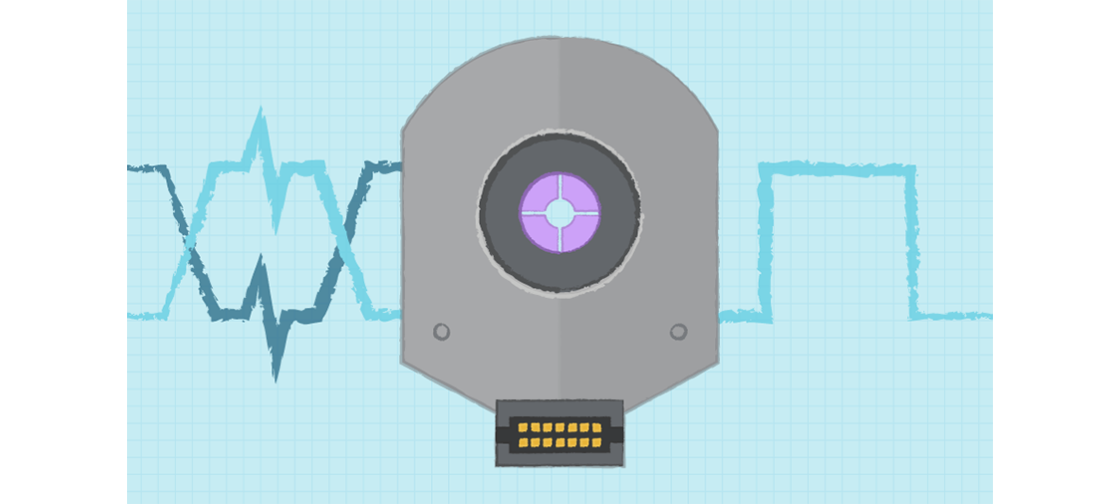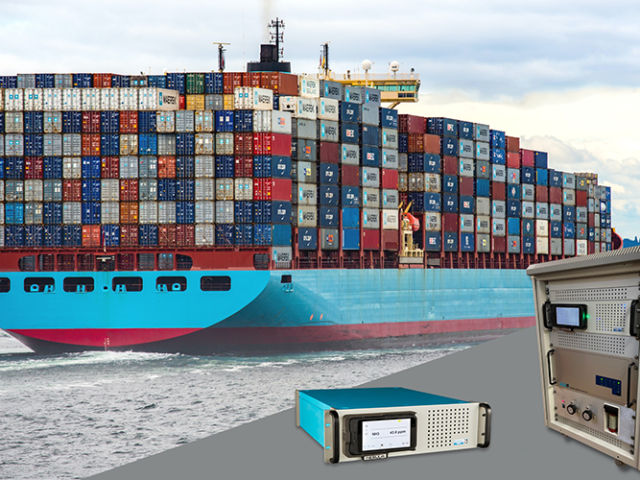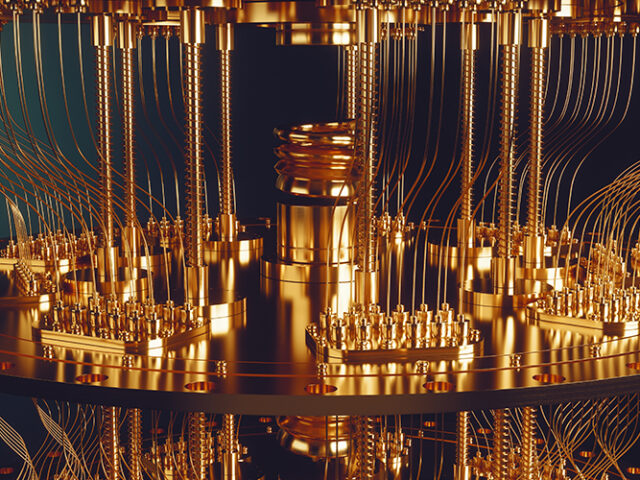Open-collector, push-pull or differential output: what is the best encoder option for you?
They are widely used throughout motion control applications and there is a range of different types to consider, so how does an engineer go about choosing the best position encoder for the job? To select the optimum device for any given application, engineers must first take their pick from absolute, motor-pole or serial protocol encoders, as well as taking into consideration the resolution, dimensions, and mounting type.
Added to the mix is the fact that the choice of output circuit topology will impact elements of system performance, like power consumption, noise immunity and speed range. A number of encoders feature open-collector outputs which have the effect of simplifying the interface with other devices, especially where voltage-level shifting is concerned. However, the addition of external pull-up resistors in this output type increase power consumption and limit the output slew rate.
Luckily, alternative designs are available for engineers to circumnavigate these disadvantages, while meeting other challenges, like noise and interference, head-on.
CUI Devices’ AMT encoders are available with a range of output types, such as push-pull circuits containing two transistors; one of which operates as an active pull-up, negating the requirement for an external resistor and, at the same time, side-stepping 12R losses and restrictions on slew-rate.
CUI devices also offers a variety of AMT encoders with the option of a differential line driver output that suits applications operating in the presence of a strong external noise source or other interference. In comparison with a standard single-ended output, the differential output is more resistant to interference and supports common-mode rejection at the receiver.
Follow the link to read the rest of this CUI Devices Insights blog, A Comparison of Common Encoder Output Signals by CUI Devices’ Motion Control Design and Applications Engineer, Jason Kelly, who explains the inner workings of encoder output circuitry, helping engineers choose the best performing encoder for each application.




